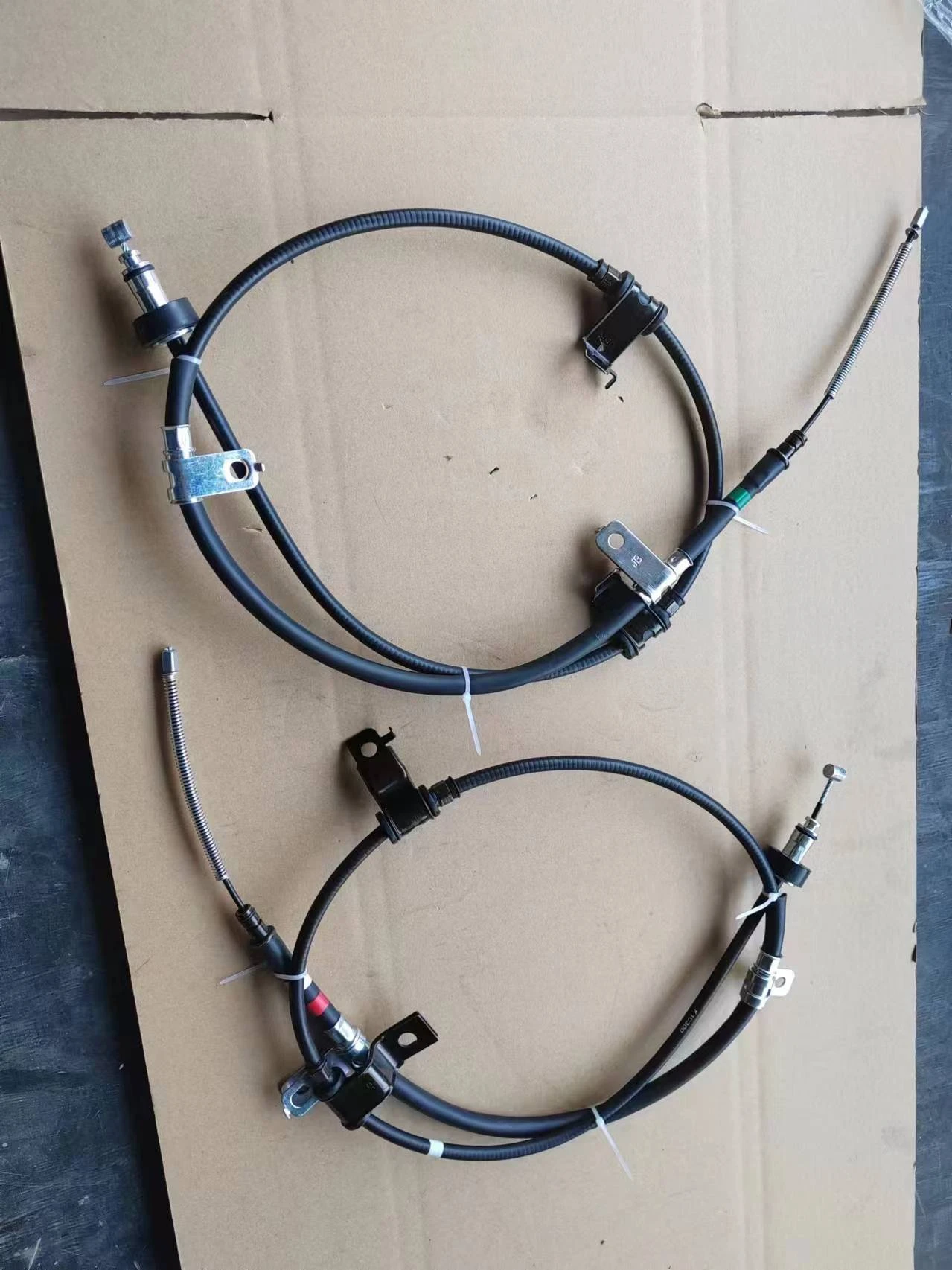gear stick cable
Understanding Gear Stick Cables A Crucial Component of Your Vehicle’s Transmission System
The gear stick cable, often referred to as the gear shifter cable, is a fundamental part of a vehicle’s transmission system, particularly in manual and some automatic vehicles. This relatively simple component plays a significant role in regulating the transmission of power from the engine to the drivetrain, ultimately affecting how smoothly and effectively a car operates. In this article, we will explore the function, construction, and maintenance of gear stick cables.
What is a Gear Stick Cable?
The gear stick cable is a flexible conduit that connects the gear shifter (or gear stick) inside the vehicle to the transmission system. When a driver moves the gear stick to change gears, the cable transmits this motion to the transmission, allowing it to engage the corresponding gear. This process is essential for the vehicle’s operation, as it dictates how power is distributed to the wheels, affecting everything from acceleration to fuel efficiency.
Functionality of Gear Stick Cables
The primary function of the gear stick cable is to facilitate gear changes. When the driver shifts the gear stick, the cable pulls or pushes a lever on the transmission. This action aligns the internal components of the transmission to either increase or decrease the gear ratio, which directly affects the speed and torque available to the wheels.
Furthermore, gear stick cables are designed with a certain amount of flexibility and tension. They must be able to withstand the repetitive motion of shifting without stretching or snapping. A well-functioning cable contributes to a smooth shifting experience, while a worn or damaged cable can lead to difficult or imprecise shifts.
Construction of Gear Stick Cables
Gear stick cables are typically made from durable materials that can endure the harsh conditions of an automotive environment. The exterior is commonly constructed from a sturdy plastic or rubber sheath that protects the inner workings from dirt, moisture, and heat. Inside, the cable itself is usually made from steel wire, which provides the tensile strength necessary to withstand the forces exerted during gear shifting.
The cable is also equipped with various connectors and fittings at both ends. These ensure a secure attachment to the gear shifter and the transmission, allowing for precise movement and minimal play. Over time, however, these connectors can wear down or become corroded, leading to subpar performance.
Signs of Gear Stick Cable Issues
gear stick cable

Recognizing issues with your gear stick cable early can prevent significant problems down the line. Here are some common signs that your gear stick cable may need attention
1. Difficulty Shifting Gears If you find it increasingly challenging to shift into various gears, it could indicate that the cable is stretched or frayed.
2. Unusual Noises Grinding or clunking sounds when changing gears may signify that the cable is binding or not properly aligned.
3. Loose Gear Stick A gear stick that feels loose or has excess play could indicate that the cable is damaged or disconnected.
4. Slipping Gears If your vehicle unexpectedly slips out of gear while driving, this could point to a malfunctioning cable that is failing to engage the transmission properly.
Maintenance and Replacement
To ensure the longevity of your gear stick cable, regular maintenance is essential. This includes periodic inspections for any signs of wear and tear, such as fraying or corrosion. Lubricating the cable and its fittings can also help improve function and extend its lifespan.
If you determine that replacement is necessary, it’s crucial to choose a high-quality part that meets or exceeds OEM (Original Equipment Manufacturer) standards. A replacement procedure typically involves disconnecting the old cable from the gear shifter and transmission, installing the new cable, and making the necessary adjustments to ensure proper operation.
Conclusion
The gear stick cable, while often overlooked, serves as a vital link between the driver’s intentions and the vehicle’s performance. Understanding its function, recognizing signs of wear, and performing regular maintenance can help ensure a smooth driving experience. Whether you are a seasoned mechanic or a car enthusiast, appreciating the role of the gear stick cable can enhance your overall understanding of vehicle transmission systems. Proper care and timely replacement can keep your vehicle shifting smoothly for years to come.
-
Workings of Clutch Pipe and Hose SystemsNewsJun.04,2025
-
The Inner Workings of Hand Brake Cable SystemsNewsJun.04,2025
-
The Secrets of Throttle and Accelerator CablesNewsJun.04,2025
-
The Hidden Lifeline of Your Transmission Gear Shift CablesNewsJun.04,2025
-
Demystifying Gear Cables and Shift LinkagesNewsJun.04,2025
-
Decoding Clutch Line Systems A Comprehensive GuideNewsJun.04,2025
